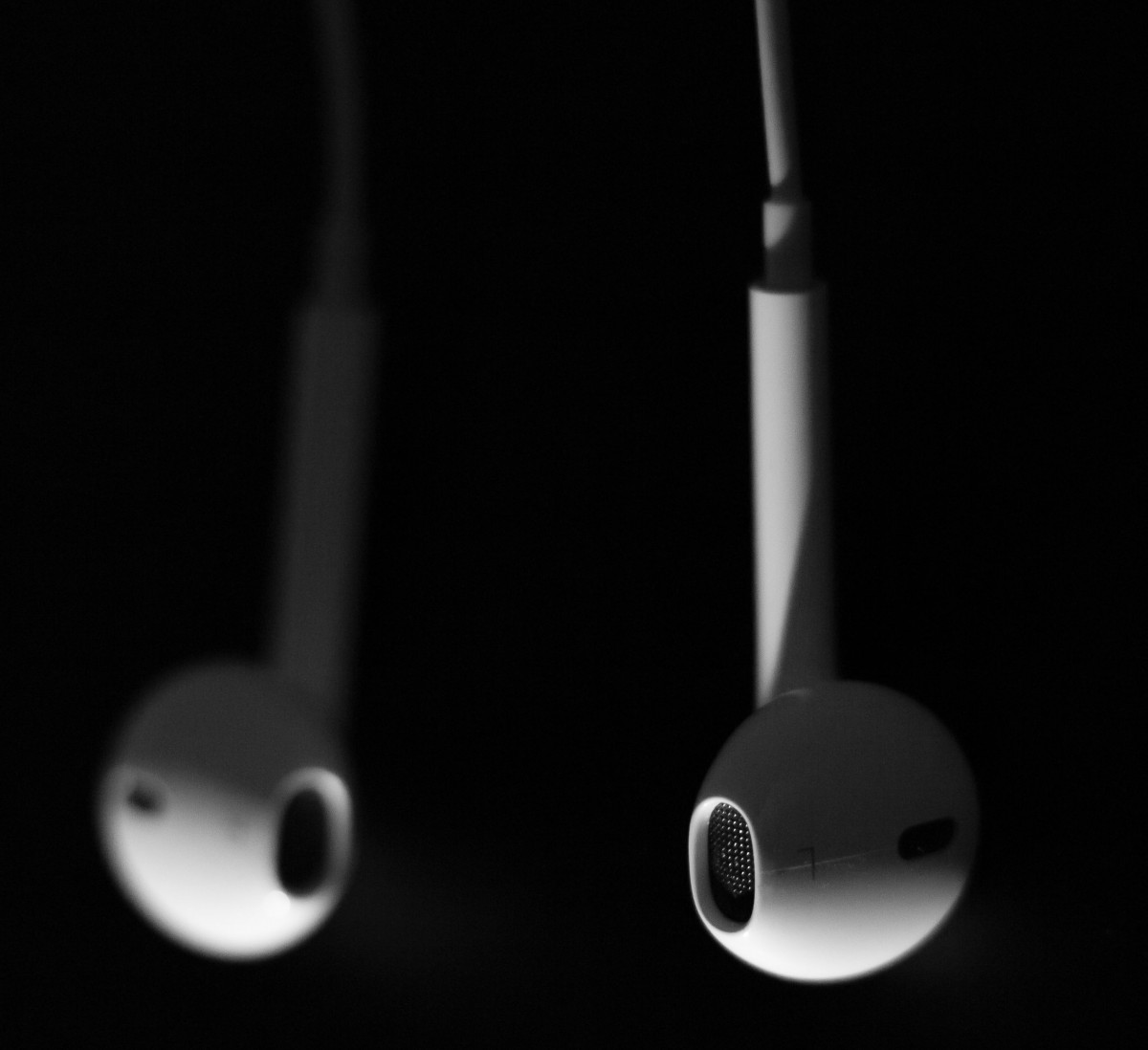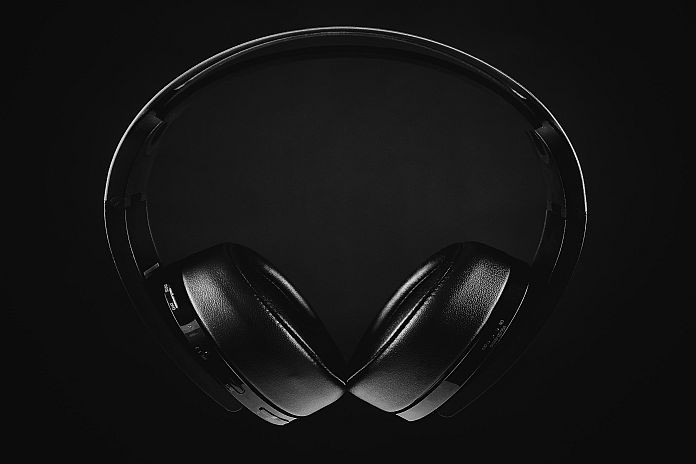By Guest contributor
Searching for the perfect pair of headphones can be a daunting task. There are countless types and brands offering a variety of pros and cons at low or high costs. Identifying the right pair for you requires a basic understanding of the jargon that gets thrown around when discussing headphones.
Type of headphone
First of all, it’s important to familiarise yourself with the different types of headphones out there. In-ear headphones or “earbuds” sit directly in the ear, delivering quality sound and blocking out external noises. Examples include Apple’s popular wireless AirPods. There are also on-ear headphones, which rest on top of the ear. They offer excellent sound quality but don’t block out the outside world and often leak audio to those nearby. Finally, you could opt for over-ear headphones, which tend to be pricier but offer the best of both worlds. They provide top-notch sound quality and maximum noise isolation.
Drivers
The driver is a fundamental part of any headphone. Whether you’re looking for earbuds, in-ear, or over-ear, each will have its own driver. But what is a driver? In simple words, it turns the electrical signal into sound pressure, thus creating the sound you hear. It might sound simple, but there are many different types of drivers. Dynamic drivers, or “moving coil drivers”, are common in most Bluetooth headphones and generally the cheapest. Alternatively, you’re likely to find Electrostatic Drivers in more expensive headphones or Hybrid Drivers in high-end options. They all do the same thing but with varying levels of sound quality and distortion.
Sound pressure level
Sound Pressure Level (SPL) or sensitivity are terms that can both be used on spec sheets for headphones. Essentially, they determine how loud your headphones can get. SPL measures the sensitivity (the efficiency of the electrical signal converted into an acoustic signal) and is often displayed in decibels. Most headphones range from 80-120dB. 80dB is described as general city traffic, 105dB is a loud voice, and 130dB is a plane taking off. Headphones generally don’t go above 120dB since that is the pain threshold for noise.

Frequency response
Frequency Response is the range of frequencies a pair of headphones can produce. This is measured in Hertz (Hz), with the lowest number representing the bass and the highest the treble. For example, most headphones have a frequency response of 20-20,000Hz, which is roughly the same as the ears. Frequency Response isn’t an indicator of sound quality, however, you should keep it in mind if you’re likely to be listening to music with a lot of bass. If that’s what you’re after, you should look for headphones with a low bass frequency.
Impedance
Impedance is the sum of electrical resistance in AC. It’s typically measured in Ohms. In basic terms, higher impedance means more resistance, meaning that the headphones require more power to operate. When designed for use with mobile devices, headphones typically have a lower impedance of below 32 ohms and therefore use less power. Alternatively, high-end, professional-quality headphones will have higher impedance, requiring a dedicated amplifier to work and going as high as 120 ohms. Headphones with a lower impedance tend to have a lower voltage but a higher current. The current creates vibration and can emit a noticeable hiss that some users may find distracting.
Noise cancellation
You may see headphones being marketed as noise-cancelling. These are usually pricier and high-end such as Bose 700 cancellation headphones, but what exactly do they mean? Headphones designed to cancel outside noise are equipped with electronic chips and microphones. They record ambient noise, create an inverse sound wave and feed it back into the headphones to cancel out background noise as much as possible. They’re not perfect, but it’s the most effective technology for a peaceful, undisturbed listening experience. The technology required can be a battery drain, though, so keep that in mind.
Noise isolation
A cheaper alternative with the same effect is noise isolation. Noise-isolating headphones will attempt to physically block external sounds. It’s commonly associated with in-ear headphones, where it essentially acts as an earplug. Unlike noise cancellation, noise isolation is a passive effect and requires no additional power. It’s also not limited to specific frequencies. Noise isolation may not be as high-tech or thorough as cancellation, but it’s a much simpler and cheaper alternative.
Conclusion
Whatever your needs, we hope this has helped narrow your search. Finding the perfect pair of headphones can be challenging, but it doesn’t have to be impossible. Experience the best sound, whether you’re listening to your favourite playlist, gaming online with friends, or enjoying the thrills of a game of slots at a top Online Casino UK. Therefore, take your time to take all these points and features we have gone through into consideration so that you get the best experience, with immersive sound quality and an undisturbed experience.





